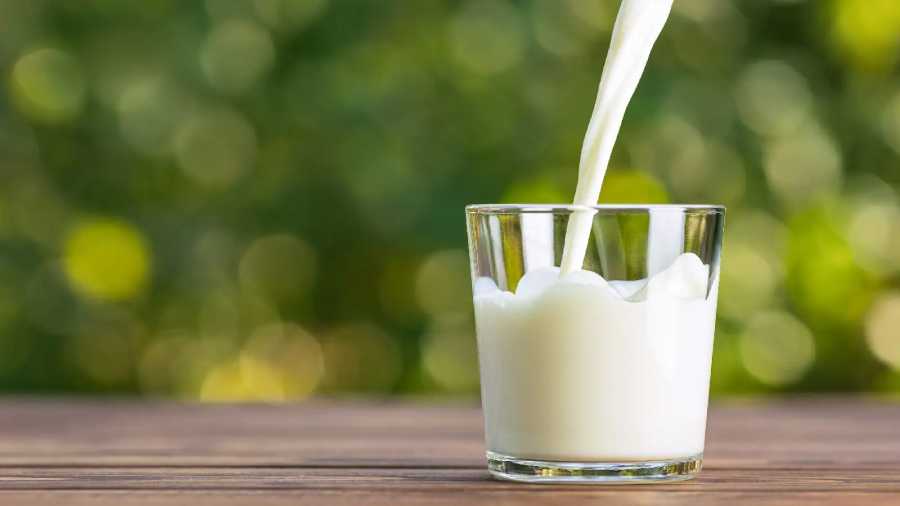Young or old, we feel we should drink milk regularly as it is a very healthy and nutritionally complete food. True, milk contains water, sugars, fat and minerals. It is adequate for babies up to six months,who should preferably be given breast milk, but the amount of milk we consume should be reduced as we age.
After the age of one, children need only 400ml of milk a day. The rest of their calorific requirements should be met from solid foods, which should be slowly introduced after six months.
Milk contains 60 calories per 100 ml. So, if a child requires 2,000 calories per day and needs to get this from milk alone, they require 30 glasses daily. This is not practical. The milk fills up the stomach. Feeling full, the child will not eat solid foods. As a result, they will not get the necessary calories. Therefore, they wind up looking thin and underweight.
There are many people who cannot tolerate milk. There are two adverse reactions to milk: milk allergy and milk intolerance.
In milk allergy, the person reacts to the proteins found in milk. It can cause sneezing, wheezing, red rashes or even fatal anaphylaxis. Breast milk does not appear to cause milk allergy. Milk allergy usually appears when cow’s milk is introduced. It can occur at any time, from six months to five years. Additionally, South Asians do not have enough of the gene which digests milk, unlike Scandinavians. Thus, they cannot drink as much milk as Scandinavians. As they age, they develop milk intolerance.
Almost 65 per cent of adults are lactose intolerant. This may be genetic and primary, where many family members are affected. It may be secondary due to damage to the intestines due to infections or autoimmune diseases.
Milk intolerance can occur at any age. Some children may have it in a mild form and develop severe abdominal pain, bloating and vomiting as soon as they are given a glass of milk from mammals such as cows, sheep and goats.
Milk contains a sugar called lactose, which has to be digested by an enzyme called lactase. People usually have enough lactase in their bodies when they are babies, but the production of the enzyme reduces sharply usually after the age of five. As a result, the child develops relative lactose intolerance and has diarrhoea, vomiting, bloating and abdominal pain if he or she drinks milk.
Some people can drink small amounts of milk. Others can tolerate partially digested milk, like that found in curd. Some people find other ways around the problem, such as taking capsules or syrups of the enzyme lactase before consuming milk. Others avoid milk products altogether. They may switch to soya or almond milk.
The intolerance may be secondary due to a bacterial or viral gut infection. Diarrhoea can wash out the lactase-producing hairs in the small intestine. If they continue to drink milk while having diarrhoea, it will worsen.
One of the best things to do for diarrhoea is to stop or avoid milk and milk products for 24 to 48 hours so that the small intestine hair called villi, which produce lactase, have a chance to grow back.
A hydrogen test can be done on the breath to check for lactose intolerance. A more straightforward wayis to see if ingestion of milk isfollowed by diarrhoea, check if the stool is acidic and if it contains reducing substances.
Milk intolerance may be a temporary phenomenon and disappear after the disease causing it is cured. Recovery may then occur. Even if it is genetic, children who initially could not tolerate milk at all may eventually be able to consume small quantities of milk later.










